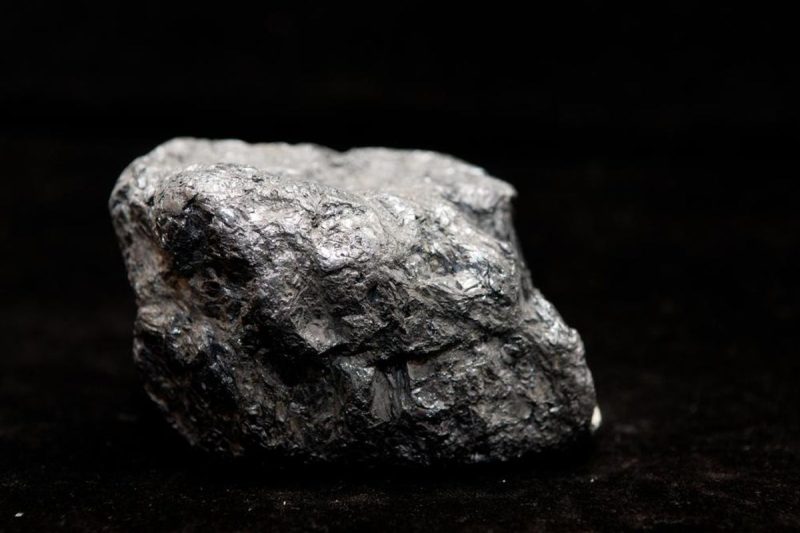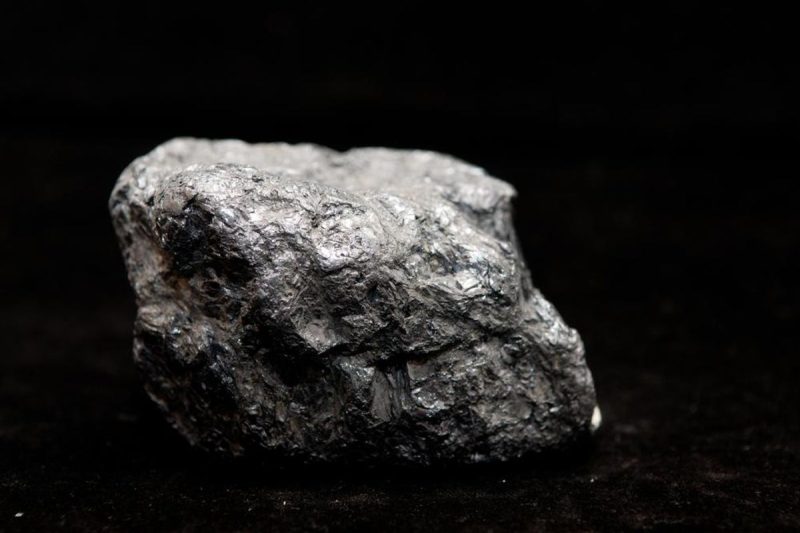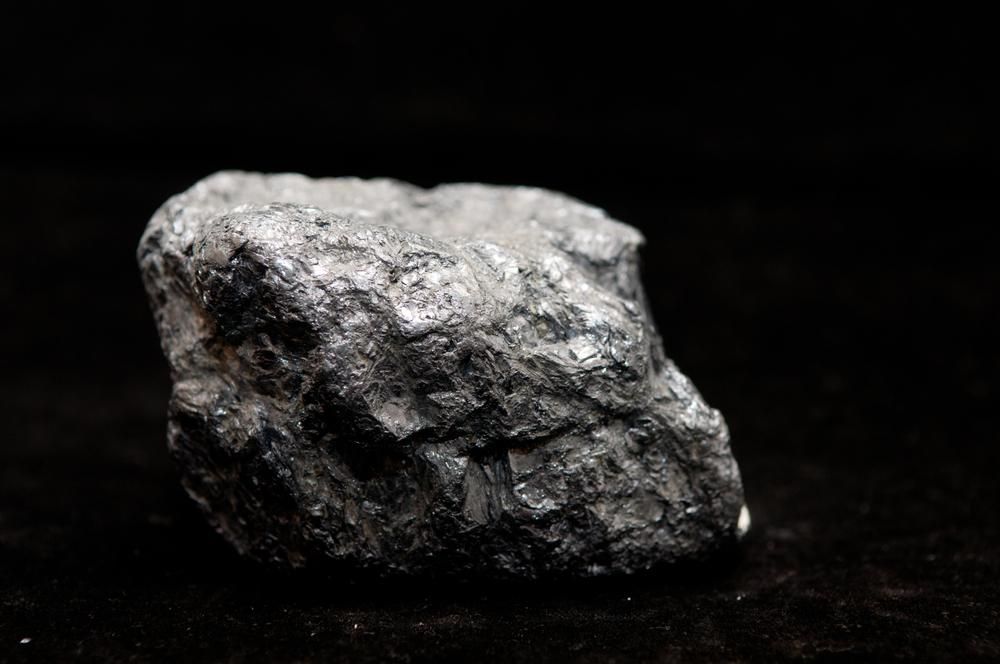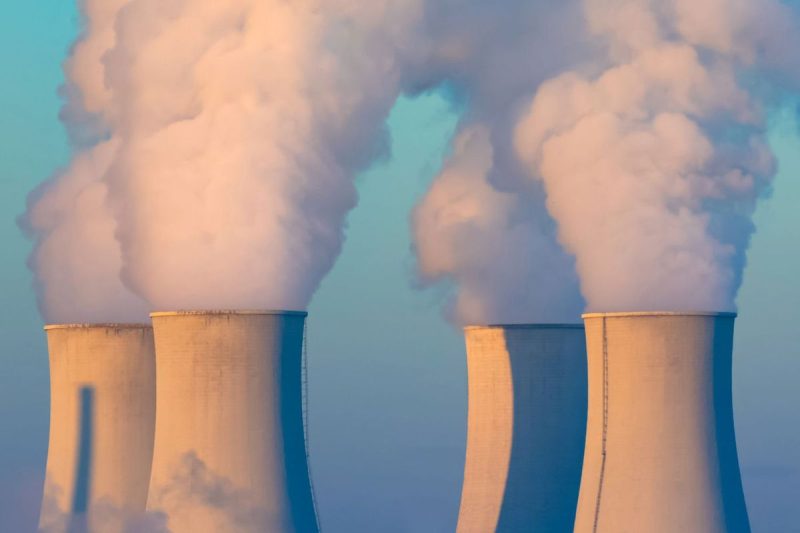Rare Earths Reserves: Top 8 Countries



The outlook for rare earths is supported by strong supply and demand fundamentals as the world heads into a new economic era with a focus on clean energy and technological advancements.
But with supply chain worries rising, it’s worth looking at which countries have the highest rare earths reserves. Many of the world’s major rare earths producers have large reserves, but some countries with high reserves have low output.
Case in point — mines in Brazil produced only 20 metric tons (MT) of rare earth elements in 2024, but Brazil’s rare earths reserves are the second highest in the world. Countries like this could become bigger players in the space in the future.
Top rare earth reserves by country
Here’s an overview of rare earths reserves by country, with a focus on the eight countries whose reserves are over 1 million metric tons. Data is taken from the US Geological Survey’s latest report on rare earth elements. Reserves are measured in metric tons of rare earth oxide equivalent.
Reserves information is unavailable for a few rare earths producers, including Myanmar, which took the second spot for rare earths production last year.
1. China
Rare earths reserves: 44 million metric tons
Unsurprisingly, China has the highest reserves of rare earths at 44 million metric tons. The country was also the world’s leading rare earths producer in 2024 by a long shot, producing 270,000 MT.
Despite already holding the top position, China remains focused on ensuring that its rare earths reserves remain elevated. Back in 2012, the Asian nation declared that its reserves of these materials were declining; it then announced in 2016 that it would raise domestic reserves by establishing both commercial and national stockpiles.
The country has also been reining in illicit rare earths mining for a number of years, shutting illegal or environmentally non-compliant rare earths mines and limiting production and exports. These production limits have been easing, and in the last few years the country has raised mining quotas several times.
China’s dominance in both rare earth elements production and reserves has caused problems in the past. Rare earths prices surged when the country cut exports in 2010, resulting in an ongoing rush to secure supply elsewhere.
China and the US have been in a trade war over rare earths as each nation battles over who will dominate the global electric vehicle and tech sectors. Taking aim at the US, China banned the export of technology to make rare earth magnets in December 2023.
In recent years, China has begun importing more heavy rare earths from Myanmar, for which the US Geological Survey does not have rare earths reserves data. While China has stricter environmental regulations, the same cannot be said for Myanmar, and the mountains along its border with China have been heavily damaged by rare earths mining.
2. Brazil
Rare earths reserves: 21 million metric tons
Brazil holds the world’s second largest rare earths reserves at 21 million metric tons.
While the nation was not a major producer of rare earths in 2024, that will soon be changing. Rare earths company Serra Verde began Phase 1 commercial production from its Pela Ema rare earths deposit in Goiás state at the top of 2024. By 2026, the miner expects to produce 5,000 MT of rare-earth oxide annually.
Pela Ema, one of the world’s largest ionic clay deposits, will produce the four critical magnet rare earth elements: neodymium, praseodymium, terbium and dysprosium. According to the company, it is the only rare earths operation outside of China to produce all four of those magnet rare earths.
3. India
Rare earths reserves: 6.9 million metric tons
India’s rare earths reserves sit at 6.9 million metric tons, and it produced 2,900 MT of rare earths in 2024, which is on par with the previous few years. India has nearly 35 percent of the world’s beach and sand mineral deposits, which are significant sources of rare earths. The country’s Department of Atomic Energy released a statement in December 2022 breaking down its rare earths production and refining capacity.
In late 2023, the Indian government was reported to be putting policies and legislation in place to establish and support rare earths research and development projects to take advantage of its reserve base. In October 2024, Trafalgar, an Indian engineering and procurement firm, announced plans to build the country’s first rare earth metals, alloy and magnet plant.
4. Australia
Rare earths reserves: 5.7 million metric tons*
Australia holds the fourth largest rare earths reserves in the world at 5.7 million metric tons. The country was also tied for fourth largest rare earths-mining country at 13,000 MT in production. Rare earths have only been mined in Australia since 2007, but extraction is expected to increase moving forward.
Lynas Rare Earths (ASX:LYC,OTC Pink:LYSCF) operates the Mount Weld mine and concentration plant in the country as well as a rare earths refining and processing facility in Malaysia. The company is considered the world’s largest non-Chinese rare earths supplier. An expansion of the Mt Weld plant is slated for completion in 2025, according to Mining Database Online (MDO). MDO also reports that the company’s new rare earths processing facility in Kalgoorlie commenced production in mid-2024, producing a mixed rare earth carbonate feed for Lynas’ Malaysia plant.
Hastings Technology Metals’ (ASX:HAS,OTC Pink:HSRMF) Yangibana rare earths mine is shovel ready, and the company recently signed an offtake agreement with Baotou Sky Rock for concentrate produced at the mine. Hastings expects the operation to produce up to 37,000 MT of rare earths concentrate annually and deliver first concentrate in Q4 2026.
*As per the USGS, ‘Joint Ore Reserves Committee-compliant or equivalent reserves were 3.3 million tons’
5. Russia
Rare earths reserves: 3.8 million metric tons
In 2024, Russia’s rare earth reserves total 3.8 million metric tons. The country’s reserves were lowered significantly from 10 million MT the prior year based on data from company and government reports. Russia produced 2,500 MT of rare earths in 2024, on par with the previous year.
The Russian government shared plans in 2020 to invest US$1.5 billion in order to compete with China in the rare earths market.
Russia’s invasion of Ukraine caused some concern over possible disruptions to the rare earths supply chain in the US and Europe, and there are signs the government has had to put its domestic rare earths sector development plans on ice while it’s mired in war.
6. Vietnam
Rare earths reserves: 3.5 million metric tons
Vietnam’s rare earths reserves stand at 3.5 million MT. It reportedly hosts several deposits with rare earths concentrations against its northwestern border with China, and along its eastern coastline.
For 2024, the USGS has revised down Vietnam’s rare earths reserves from a whopping 22 million MT in the previous year based on company and government reports.
Vietnam’s rare earths production in 2024 was just 300 MT. In 2023, the country had stated a goal to produce 2.02 million MT of rare earths by 2030. However, the arrests of six rare earths executives, including the chairman of Vietnam Rare Earth (VTRE), in October 2023 may have put a kink in those plans. ‘VTRE’s chairman, Luu Anh Tuan, was accused of forging value-added-tax receipts in trading rare earths,’ reported Asia Financial.
7. United States
Rare earths reserves: 1.9 million metric tons
While the country holds second place for rare earths production in 2024 at 45,000 metric tons, the United States takes only the seventh top spot when it comes to global rare earths reserves at 1.9 million metric tons.
Rare earths mining in the US now happens only at California’s Mountain Pass mine, owned by MP Materials (NYSE:MP). MDO reports that MP Materials ‘is establishing downstream (Stage III) capabilities at its Fort Worth Facility to convert a portion of the REO produced at Mountain Pass into rare earth magnets and its precursor products.’
Over the past few years, the US government has made several moves toward strengthening the nation’s rare earths industry. In April 2024, under the Biden Administration, the US Department of Energy earmarked US$17.5 million for four rare earths and critical minerals and materials processing technologies that would produce rare earths from secondary coal and coal by-products as feedstocks.
8. Greenland
Rare earths reserves: 1.5 million metric tons
Greenland’s rare earths reserves total 1.5 million metric tons, but the island nation currently doesn’t produce the metals. However, it does have two significant rare earths projects with large reserves, the Tanbreez project and the Kvanefjeld project.
In July 2024, Critical Metals (NASDAQ:CRML) completed Stage 1 in its acquisition of a controlling-stake in the Tanbreez project from private company Tanbreez Mining. The company commenced drilling on the project in September to better understand the resource model and the projected mine life of the deposit.
Meanwhile, Energy Transition Minerals (ASX:ETM,OTC Pink:GDLNF) has had some challenges with the Greenland government over permitting. Its license for Kvanefjeld was revoked by Greenland’s current government due to the company’s plans to exploit uranium. The company submitted an amended plan that did not include uranium, but the updated version was rejected as well in September 2023. MDO reports that as of October 2024, the company is still awaiting a court decision on its appeal.
With US President Donald Trump back in the White House, Greenland (an autonomous region in the Kingdom of Denmark) and its rare earths reserves are on his radar. However, Greenland’s Prime Minister and the King of Denmark have made it clear that the Greenland is not for sale.
FAQs for rare earths reserves
What are rare earth metals?
Rare earth metals are a basket of 17 naturally occurring elements comprised of 15 elements in the lanthanide series, plus yttrium and scandium. Other than scandium, all rare earths can be divided into “heavy” and “light” categories based on their atomic weight. Heavy rare earths are generally more sought after, but light rare earth elements can of course be important too.
Is lithium a rare earth metal?
Lithium is not a rare earth metal. It is an alkali metal in the same group as sodium, potassium, rubidium and cesium.
What is the global total for rare earths reserves?
Global rare earths reserves amount to 130 million metric tons. With demand for rare earth minerals ramping up as hype about electric vehicles and other high-tech products continues, it will be interesting to see how the top producers contribute to future supply.
What is the annual production of rare earths?
According to the US Geological Survey, global rare earth minerals production in 2024 came in at 390,000 metric tons, up from 376,000 MT the previous year. The production of rare earths has ramped up aggressively in recent years — only a decade ago, global production was just above 100,000 MT, and it first broke 200,000 MT in 2019.
Who is the largest producer of rare earth metals in the world?
China has consistently been the largest producer of rare earths, and its 2024 production made up 270,000 metric tons of the world’s 390,000 MT. In terms of specific rare earths mines, the top producer is the Bayan Obo mine in Inner Mongolia, an autonomous region in Northern China. The mine is owned by the state-owned Baotou Iron and Steel Group.
Are there rare earth minerals in Europe?
There are currently no rare earths mines in Europe, but there are multiple countries with reserves, including one with a significant new discovery. In early 2023, Swedish state-owned company LKAB announced it had identified the continent’s largest rare earths deposit, the Per Geijer deposit, with rare earths resources of over 1 million MT of oxides.
With the European Union focusing heavily on building its own supply chain with the European Critical Raw Materials Act, the Per Geijer deposit could develop into an important source of rare earths for the region.
Several other countries in Europe hold significant rare earths reserves as well. Greenland hosts many deposits totaling 1.5 million MT of rare earths reserves along its coastline, with the majority located in the southwest of the country. The Gardar igneous province in the south hosts the largest ones.
Countries in the Fennoscandian Shield — such as Norway, Finland and, of course, Sweden — also host rare earth deposits, as the region has similar mineralization to Greenland.
What are the most technologically useful rare earth metals?
Rare earth metals play a significant role in various technologies. They are often used in electronics such as laptops and smartphones. Rare earth oxides such as neodymium and praseodymium are used in magnets, aircraft engines and green technologies, including wind turbines and electric vehicles. Samarium and dysprosium are also used in rare earth magnets. Phosphor rare earths such as europium, terbium and yttrium are used in lighting, as are cerium, lanthanum and gadolinium.
How are rare earths mined?
Rare earth elements are either mined from open pits, like many other metals and minerals, or they are mined through in-situ leaching. The metals are found in hard-rock deposits, ionic clay deposits and mineral sands. Some minerals that are mined for rare earths are bastnäsite, monazite, loparite and xenotime.
The open-pit mining process for rare earths is similar to that of other minerals: hard rock is mined, ore is separated from tailings and then it is refined. In in-situ leaching, which is also a common method of mining uranium, miners pump a chemical solution into an orebody. The solution dissolves the targeted materials into a brine that is then pumped back out of the ore and into collection pools. Rare earths mining also has a final step, which is the separation of the different rare earths from each other.
Why is it difficult to mine rare earth metals?
Although rare earths aren’t as rare as you might assume from the name, finding economic deposits is very difficult. This is even more so the case for the heavy rare earths, as orebodies containing them are less abundant versus light rare earths.
Another road bump for rare earths is the separation process. Because the rare earth elements all have similar chemical behavior to each other, they are very tough to separate, making the process difficult and expensive. The most common separation method is solvent extraction, but it is lengthy and can take hundreds to thousands of cycles to achieve high purity levels, according to the Science History Institute.
Lastly, the environmental risks associated with rare earths mining mean even more care needs to be taken to minimize damage to the environment and to the people near the mine.
Is rare earths mining bad for the environment?
Rare earths mining can be very damaging to local environments, especially when it comes to illegal and unregulated mines. A major issue with mining rare earths is that the ore they are extracted from also often contains thorium and uranium, which are both radioactive. This means the separation of rare earths from this ore must be handled carefully, as the waste produced will be radioactive as well.
Unfortunately, it is common for this radioactive waste to make its way into groundwater and streams, which is incredibly damaging to the environment and to nearby communities that rely on this water. This can be seen in the mountains of Southern China and Northern Myanmar, both of which have been heavily exploited for their rare earths.
A report from Global Witness that investigates the effects of rare earths mining in these regions shows that mining in Myanmar has escalated in recent years after China began closing its own mines and outsourcing to the neighboring country. As of mid-2022, 2,700 illegal collection pools from in-situ leaching in the mountains had been identified, and they covered an area the size of Singapore. Those who lived in the region reported difficulty accessing safe drinking water and said local wildlife and fish were dying out.
Additionally, the in-situ leaching process can damage the rocks that are being extracted. Global Witness found that over 100 landslides have already taken place in China’s Ganzhou region as a result of this extraction, and the damage to Myanmar’s mountains is substantial as well.
Securities Disclosure: I, Melissa Pistilli, hold no direct investment interest in any company mentioned in this article.



